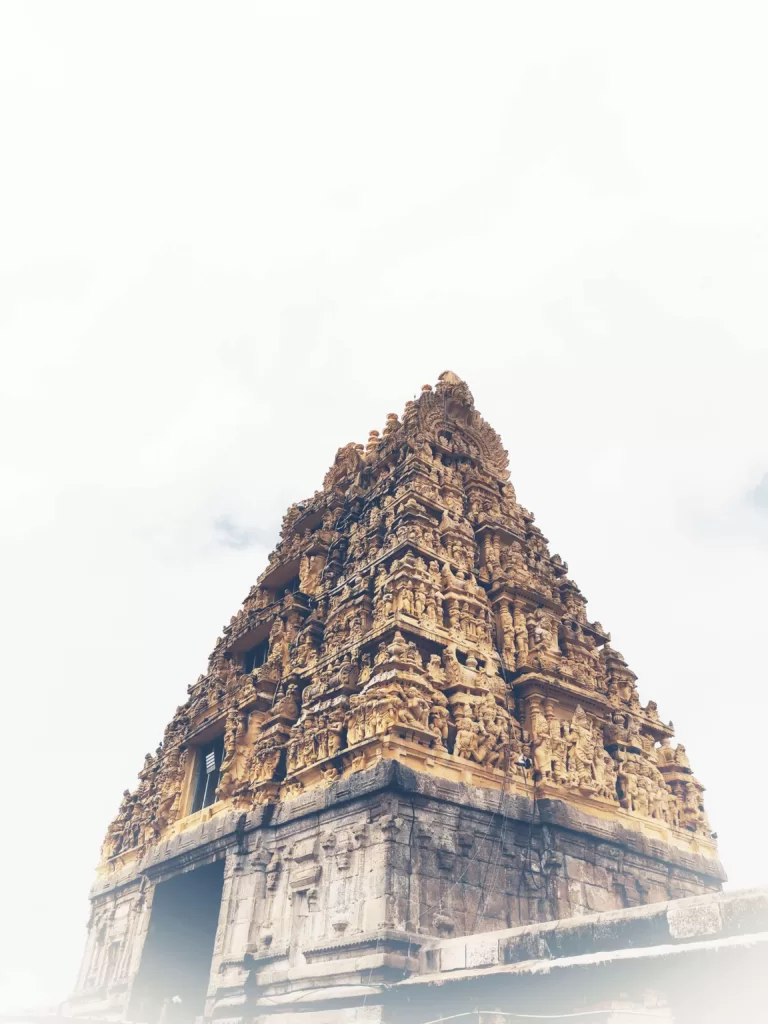Tirupati, the capital city of the Indian state of Andhra Pradesh, India, is a place of great religious significance and one of the most visited pilgrimage destinations in the world. It is renowned for its famous Tirumala Venkateswara Temple, dedicated to Lord Venkateswara, also known as Balaji or Srinivasa. Every year, millions of devotees from all walks of life embark on a spiritual journey to Tirupati to seek blessings and experience the divine aura of the temple. In this article, we will explore the rich history, architectural marvels, religious practices, and the unique experience that Tirupati offers to its visitors.
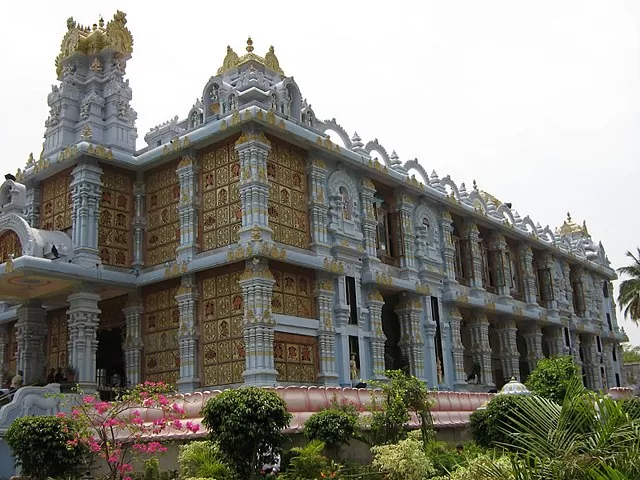
The Legend of Lord Venkateswara
The story behind Tirupati’s prominence dates back to ancient Hindu mythology. According to the legends, Lord Vishnu took the form of Venkateswara and descended to Earth to save mankind from the atrocities of a demon named Tarakasura. Lord Venkateswara’s self-manifestation in the hills of Tirumala is believed to be a divine intervention to restore peace and righteousness. This tale of divine grace and protection attracts devotees from all corners of the world.
Tirumala Venkateswara Temple: An Architectural Marvel
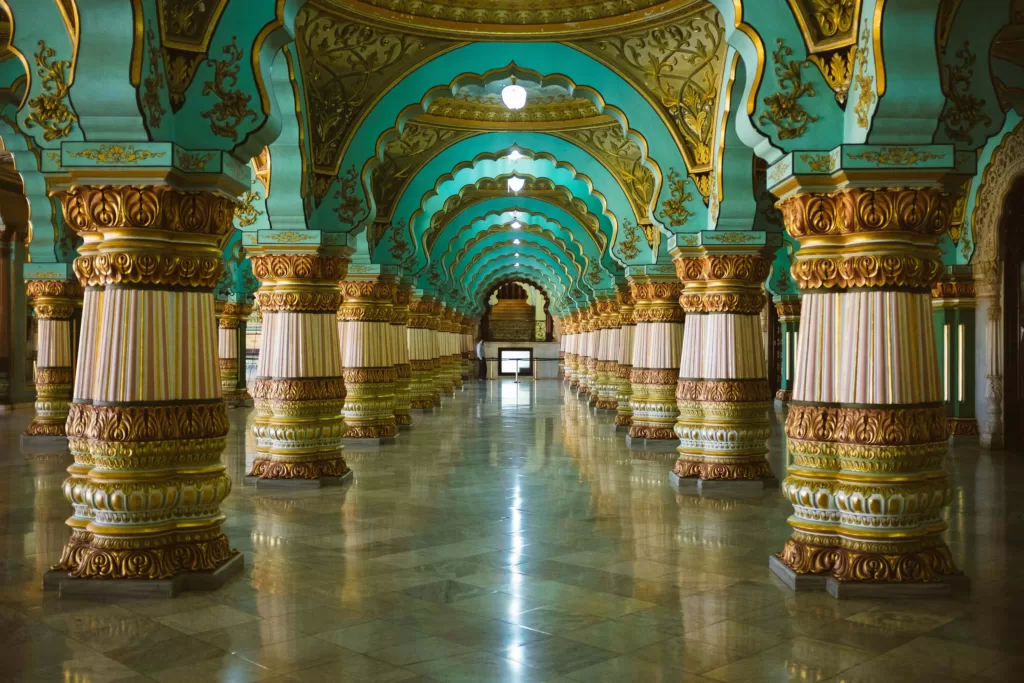
The Tirumala Venkateswara Temple is a magnificent structure that stands tall on the hills of Tirumala, offering breathtaking views of the surrounding landscape. This temple is an excellent example of Dravidian architecture, adorned with intricate carvings, towering gopurams (ornate gateways), and exquisite sculptures. The main deity, Lord Venkateswara, is worshipped with great devotion and fervor, and the temple complex also houses several smaller shrines dedicated to other deities.
The Sacred Rituals and Practices
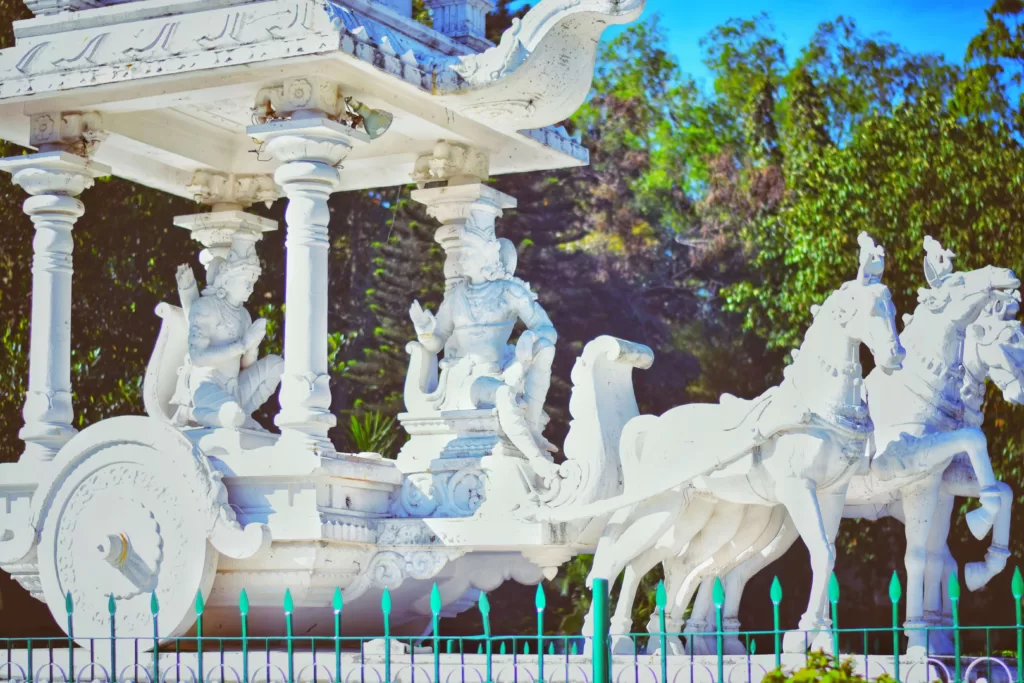
Devotees visiting Tirupati actively participate in various sacred rituals and practices. The most significant one is the “Seva” or “Darshan” of Lord Venkateswara, which involves waiting in long queues to catch a glimpse of the deity. The temple authorities have implemented a well-organized system to manage the huge influx of pilgrims, ensuring a smooth and orderly darshan experience. Other rituals like abhishekam (holy bath), archana (offering prayers), and kalyanotsavam (divine wedding) are performed daily, adding to the spiritual ambiance of the temple.
Prasadam: Divine Food Offering
One of the unique aspects of the Tirumala Venkateswara Temple is the distribution of prasadam, a blessed food offering to the devotees. The prasadam, known as “Tirupati Laddu,” is made from traditional ingredients and is believed to be a symbol of divine grace. It is considered highly auspicious and is eagerly sought after by pilgrims. The temple administration takes immense pride in preparing and distributing this sacred prasadam, which has become an integral part of the Tirupati experience.
Accommodation and Amenities
To cater to the vast number of devotees visiting Tirupati, a range of accommodation options are available in and around the temple premises. Pilgrims can choose from various guesthouses, choultries (charitable accommodations), and even deluxe hotels that offer comfortable stays during their pilgrimage. Additionally, the temple complex provides amenities such as free meals, medical facilities, and transportation services to ensure the convenience and well-being of the devotees.
Festivals and Celebrations
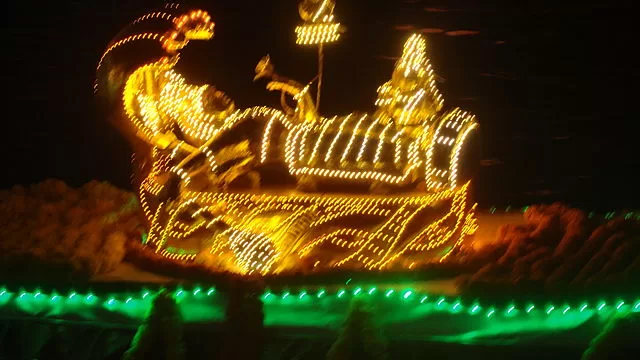
Tirupati is known for its grand festivals and celebrations that showcase the vibrant culture and devotion of the people. The most famous festival is the Brahmotsavam, a nine-day extravaganza filled with colorful processions, music, dance, and religious rituals. The festival attracts a massive gathering of devotees who come to witness the divine spectacle and seek blessings from Lord Venkateswara. Other significant festivals include Vaikunta Ekadasi and Rathasapthami, which are celebrated with great enthusiasm and joy.
People also ask
Why is Tirupati famous?
Tirupati is famous for several reasons. One of the primary reasons is the presence of the Tirumala Venkateswara Temple, dedicated to Lord Venkateswara, also known as Balaji or Srinivasa. This temple is considered one of the most revered and richest Hindu temples in the world. The sheer number of devotees who visit the temple each year contributes to its fame. The spiritual significance and divine aura associated with Lord Venkateswara attract millions of pilgrims from all over the world.
Additionally, Tirupati is renowned for its unique rituals and practices. The temple administration has implemented a well-organized system to ensure a smooth and orderly darshan (sacred viewing) experience for the devotees. The distribution of prasadam, the blessed food offering known as “Tirupati Laddu,” is also a distinct feature of the temple. The prasadam is believed to carry the divine grace of Lord Venkateswara and is eagerly sought after by pilgrims.
The architectural marvel of the Tirumala Venkateswara Temple is another factor that contributes to Tirupati’s fame. The temple showcases intricate carvings, towering gopurams (gateways), and exquisite sculptures, reflecting the grandeur of Dravidian architecture. The stunning beauty of the temple complex, situated atop the hills of Tirumala, adds to its allure.
Furthermore, Tirupati is famous for its grand festivals and celebrations. The Brahmotsavam, a nine-day festival filled with elaborate processions and religious rituals, attracts a massive gathering of devotees. Other festivals such as Vaikunta Ekadasi and Rathasapthami are also celebrated with great enthusiasm, showcasing the rich cultural heritage of the region.
Overall, Tirupati’s fame stems from its spiritual significance, the magnificence of the Tirumala Venkateswara Temple, the unique rituals and practices, and the vibrant festivals that captivate the hearts of devotees and visitors alike.
How much time in Tirupati Darshan?
The time taken for Tirupati Darshan (viewing) can vary depending on various factors such as the type of darshan ticket, the crowd, and the time of the visit. Here are some general guidelines regarding the time required for Tirupati Darshan:
- Special Entry Darshan (Seeghra Darshan): The time taken for this darshan is relatively shorter compared to other types of darshan. It usually ranges from 1 to 2 hours, depending on the crowd and the efficiency of the temple authorities.
- Divya Darshan (Footpath Darshan): This type of darshan is available for pilgrims who prefer to walk up the hills of Tirumala. The time required for Divya Darshan can be longer, ranging from 3 to 6 hours or more, depending on the pace of the walk and the crowd on the footpath.
- Sarva Darshan (Free Darshan): Sarva Darshan is the free darshan option available to all devotees. The waiting time for Sarva Darshan can be considerably longer, especially during peak pilgrimage seasons or festival times. It can range from 6 to 12 hours or even more, depending on the crowd.
It is important to note that these are approximate time frames, and the actual duration can vary based on the number of devotees visiting the temple at a given time. The temple authorities continually strive to manage the crowd efficiently and reduce waiting times. It is advisable to check the official temple website or inquire with the temple authorities for the most up-to-date information regarding darshan timings and crowd conditions before planning your visit.
Why is Tirupati so powerful?
Tirupati is considered powerful and spiritually significant for several reasons:
- Ancient Mythological Significance: Tirupati has deep roots in Hindu mythology and is believed to be a place where Lord Vishnu took the form of Venkateswara to save mankind from the demon Tarakasura. This ancient legend and the divine presence of Lord Venkateswara are believed to infuse Tirupati with immense spiritual power.
- Divine Grace and Blessings: Devotees believe that Lord Venkateswara’s blessings in Tirupati are exceptionally potent. It is believed that sincere devotion and prayers offered to Lord Venkateswara in Tirupati can bring about transformative changes in one’s life, including the fulfillment of desires, the alleviation of suffering, and spiritual growth.
- Sheer Number of Devotees: Tirupati witnesses an enormous influx of devotees from all walks of life, making it one of the most visited pilgrimage destinations globally. The collective energy and devotion of millions of pilgrims contribute to the spiritual power of the place.
- Divine Architecture and Atmosphere: The Tirumala Venkateswara Temple, the main shrine in Tirupati, is an architectural marvel. The temple’s intricate carvings, sacred rituals, and the divine atmosphere created by the continuous chanting of prayers and hymns create a spiritually charged environment that is believed to amplify the power and presence of Lord Venkateswara.
- The Significance of Rituals: The temple in Tirupati is known for its elaborate rituals and practices, such as abhishekam (holy bath), archana (offering prayers), and sevas (devotional services). These rituals are performed with utmost devotion and precision, believed to invoke the divine energy and blessings of Lord Venkateswara, thus enhancing the power of the place.
- The Aura of Faith and Devotion: Tirupati is a place where millions of devotees come with unwavering faith and deep devotion. The collective belief and dedication of the devotees create a powerful aura of faith, amplifying the spiritual energy of Tirupati.
It is important to note that the perceived power of Tirupati is subjective and rooted in personal faith and belief. Different individuals may have their own interpretations and experiences of the spiritual power associated with the place.
Why hair is offered to Tirupati?
Offering hair to Lord Venkateswara in Tirupati is a unique tradition and a form of devotion observed by many devotees. There are several reasons why hair is offered at the Tirumala Venkateswara Temple:
- Expression of Surrender and Sacrifice: Offering one’s hair is seen as a symbolic act of surrendering oneself completely to the divine. It represents the devotee’s willingness to let go of one’s ego, material attachments, and personal identity, symbolizing a sense of sacrifice and devotion to Lord Venkateswara.
- Purification and Cleansing: Hair is considered a part of one’s physical identity, and by offering it, devotees seek purification and spiritual cleansing. It is believed that offering hair at the sacred abode of Lord Venkateswara helps in purifying the devotee’s mind, body, and soul, and signifies a fresh start in their spiritual journey.
- Gratitude and Humility: Offering hair is an act of expressing gratitude towards the divine. Devotees offer their hair as a token of thanksgiving for the blessings received or as a way of seeking blessings for their loved ones. It is an act of acknowledging the grace and benevolence of Lord Venkateswara in one’s life.
- Fulfillment of Vows: Many devotees make vows or pledges to offer their hair if their prayers or wishes are fulfilled. Offering hair is a way of fulfilling those vows and showing commitment to the divine. It is believed that fulfilling such vows brings blessings and divine favor.
- Supporting Temple Activities: The hair collected from devotees is utilized by the temple administration for various purposes. It is sold in auctions, and the proceeds are used for the temple’s maintenance, charitable activities, and social welfare programs. Therefore, offering hair also becomes a way for devotees to contribute to the upkeep of the temple and its services.
It is important to note that offering hair is not mandatory, and it is a personal choice of the devotee. The practice of offering hair has been followed for centuries and has become an integral part of the devotional experience for many visitors to Tirupati.
Conclusion
Tirupati, with its ancient temples, spiritual traditions, and the captivating aura of Lord Venkateswara, offers a transformative experience for pilgrims seeking solace and divine blessings. The pilgrimage to this sacred abode not only strengthens one’s faith but also provides an opportunity to immerse in the rich cultural heritage of India. The enchanting atmosphere, architectural marvels, sacred rituals, and the divine prasadam make Tirupati an unforgettable destination for devotees worldwide.
FAQs
1. What is Tirupati famous for?
Tirupati is most famous for the Tirumala Venkateswara Temple, one of the richest and most visited pilgrimage sites in the world. Devotees believe that Lord Venkateswara fulfills wishes quickly — that’s why millions flock here every year.
2. When is the best time to visit Tirupati?
Planning a trip? Aim for November to February. The weather’s cooler, making temple visits and hill climbs way more pleasant. Summers can be harsh, and monsoons, a bit unpredictable.
3. Is there a dress code for visiting the Tirumala Temple?
Yes, there is! The temple has a strict traditional dress code. Men are expected to wear a dhoti or pyjama with a shirt or angavastram. Women should wear a saree, half-saree, or churidar with a dupatta. No western or casual outfits allowed.
4. How do I reach Tirupati?
Easy peasy! You can fly into Tirupati Airport, catch a train to Tirupati Railway Station, or even drive up from nearby cities like Chennai or Bangalore. There’s also a stunning ghat road if you’re into scenic road trips.
5. Are there any other attractions around Tirupati?
Oh, definitely! You’ve got Talakona Waterfalls, Sri Kalahasti Temple, Chandragiri Fort, and even Kapila Theertham nearby. It’s not just about the temple — the whole area’s packed with spiritual and natural beauty.

